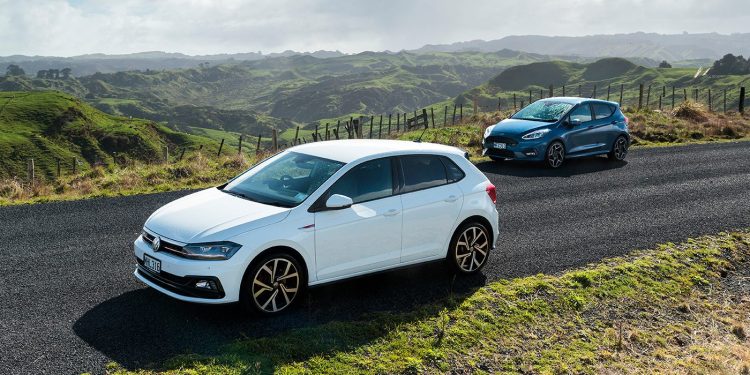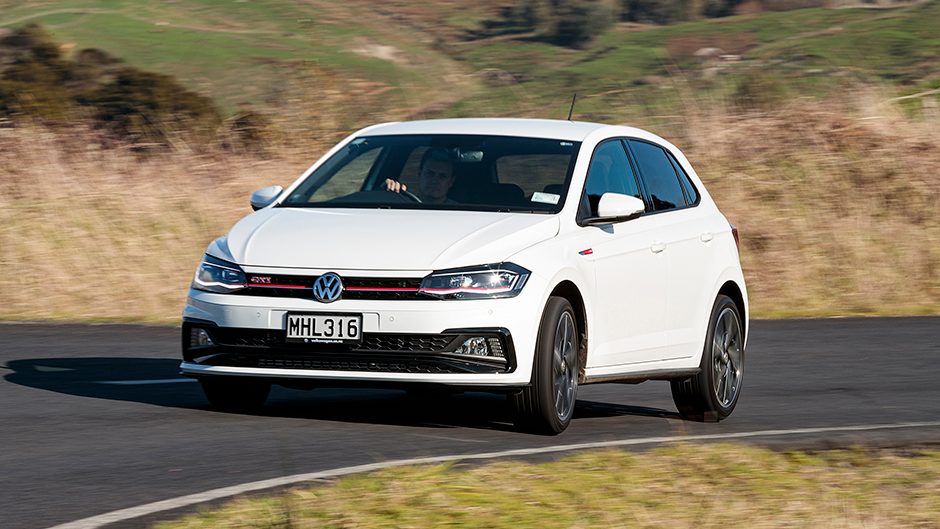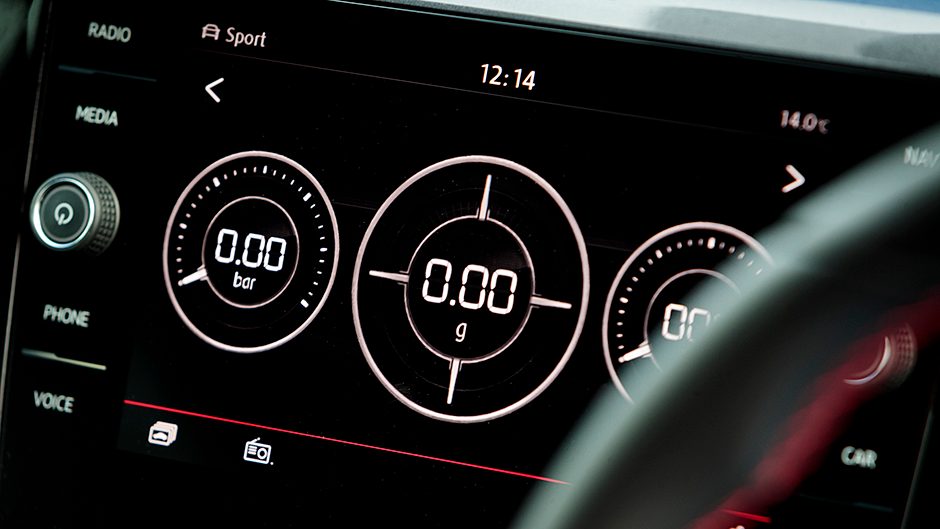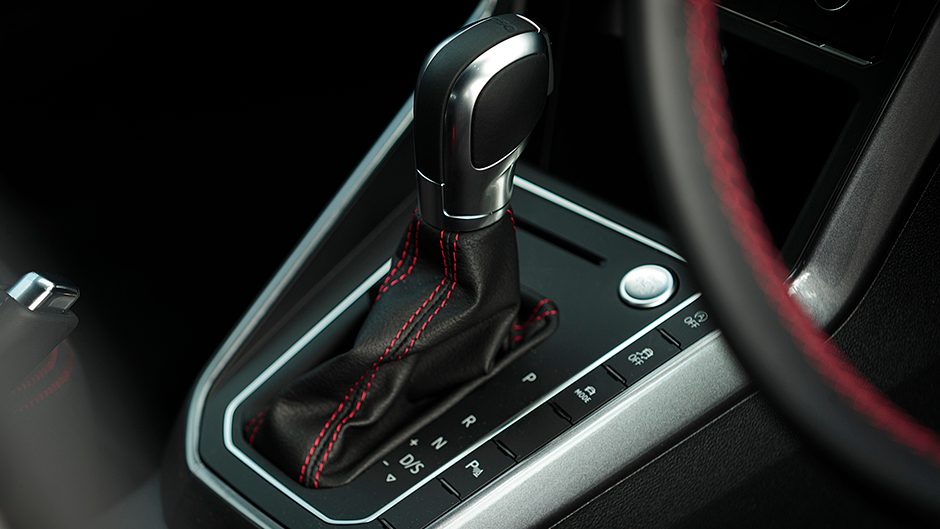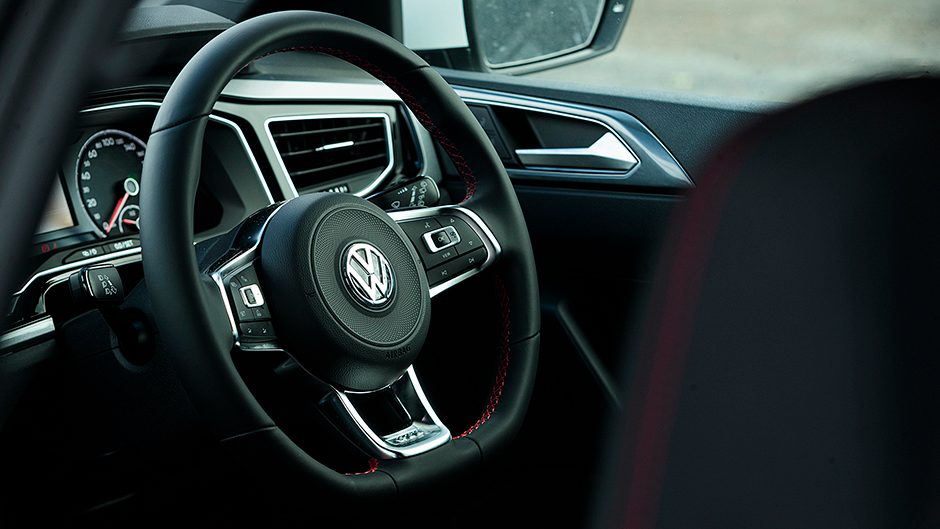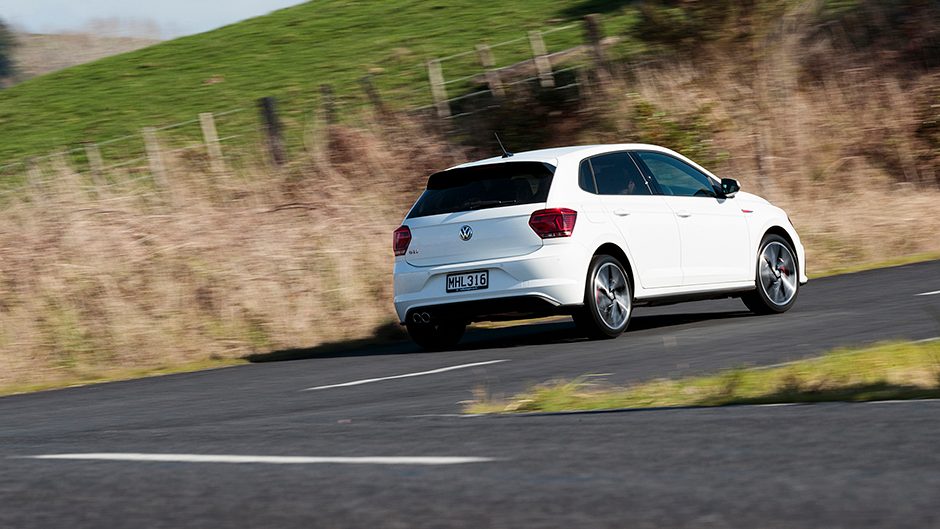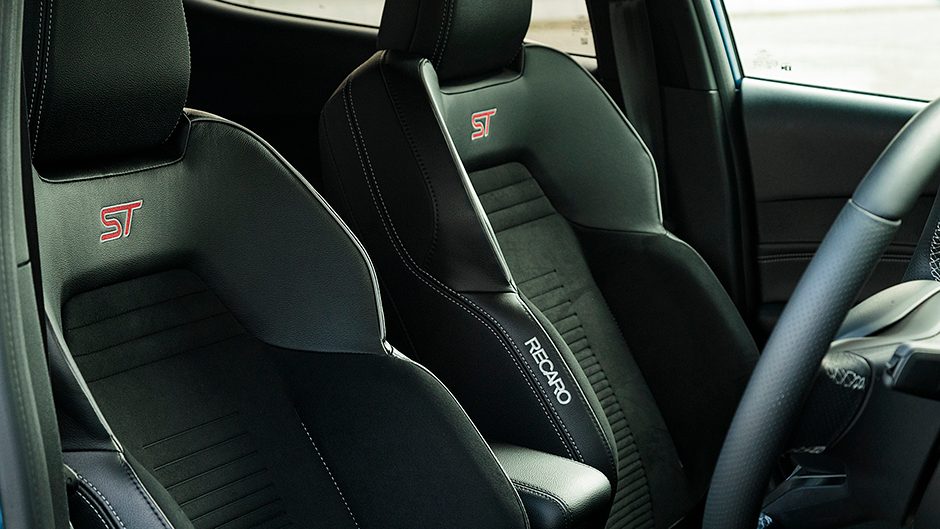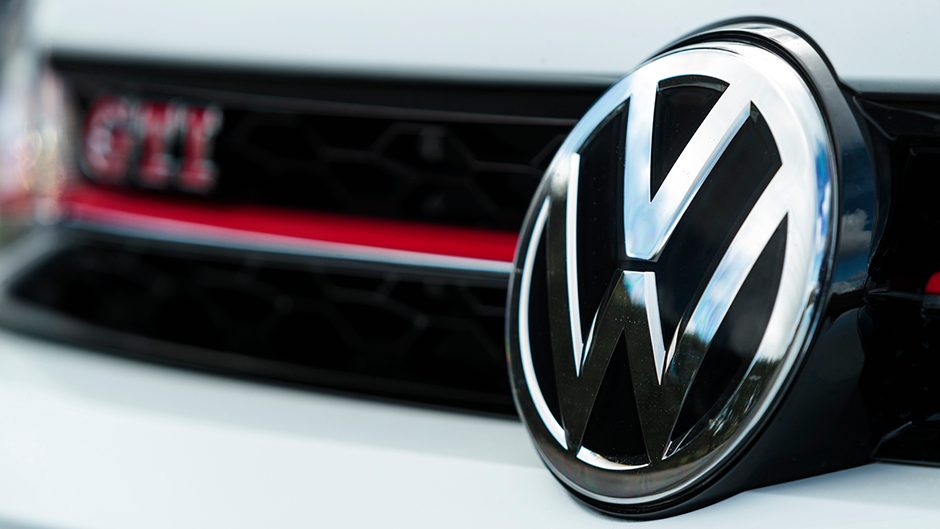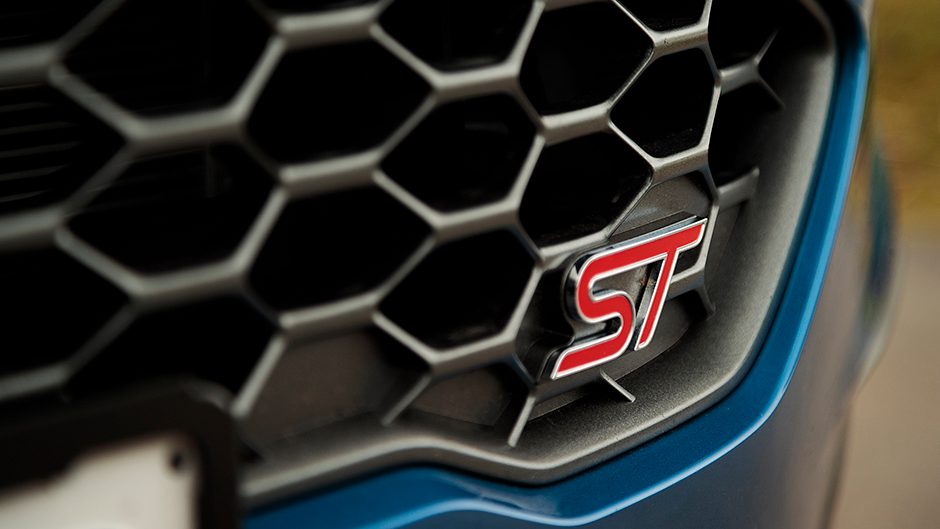2019 Ford Fiesta ST vs Volkswagen Polo GTI comparison
Words Kyle Cassidy | Photos Tom Gasnier
Bantam hot hatches aren’t as common as they once were, so direct competitors for the Fiesta ST are few and far between. But VW’s Polo GTI is a worthy rival; it’s certainly quick enough, has five doors, a similar kilowatt count and aims to please the driver wanting ‘a bit more’ from their otherwise sensible small.
VW’s junior GTI charges $38,990 but offers what most buyers want, two pedal convenience thanks to its six-speed twin-clutch tranny. That enables a few things; super slick gear changes, a rip-roaring launch control function and for the muscles in your left leg to whither. On the other hand, your left foot is available for braking duties.
It’s hard to argue against a twin clutch in terms of performance; they are usually quicker, and can help ease consumption too. Matched to the 147kW/320Nm 2.0-litre four pot, it makes the GTI a genuine flyer, rated to hit 100 in 6.7sec. When he tested one last year, Louisson reckoned it was good for a sub-six second time, but it must have been filled with rocket fuel, for when we retested this, on the same surface as the ST, it went quicker than claimed, but only by a tenth.
And yet the ST was almost half a second swifter over the 80-120km/h run, gearing and a slight weight advantage the likely answer there.
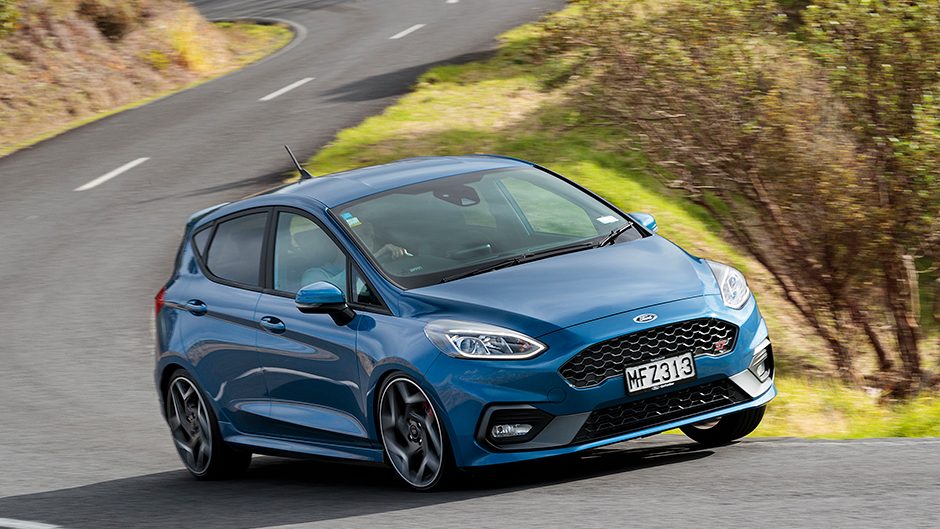
Like the ST, the GTI’s TC is adept at grounding the power for a front driver, impressively so on water logged roads. Turn things off and it’s a genuine task dealing with spinning wheels and axle tramp, while the electrics sort it profoundly well. The GTI has an e-difflock, brake intervention used to transfer power to the most tractive wheel.
This too is adroit at sorting the flow of torque to the inside wheel when powering out of a bend, only occasionally does it struggle under duress. However, the addition of a real diff gives the ST an edge, for it’s better at scrambling out of tight bends unhindered by electronic intervention, and it hugs the inside of those faster, open bends better.
That said, the GTI is just as whippet quick cross country, with a bigger footprint and a smidge more rubber at each corner, it can keep up in the bends. It has a greater sense of stability too but that makes it feel slightly staid next to the livewire ST. The Polo doesn’t require much persuasion to attack the curves, the steering assistance and accuracy spot on but it just isn’t as quick on the turn as Fez.
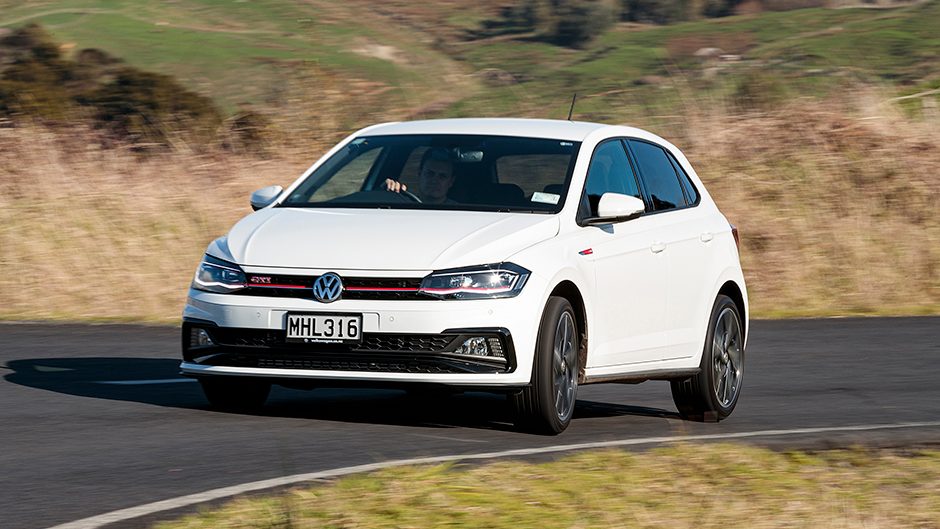
The GTI’s helm is slower, and there’s not the same bite to the front end so it can’t change direction with the same agility as the ST. The balance of a small car is never wonderful, especially when you’re hard on the picks, but these two display poise under pressure, particularly the ST. The Ford also has the better brake pedal feel and stopping power.
Helping the GTI’s composure are its adaptive dampers, Sport mode administering better control of its movements. The ST’s suspenders are stricter on roll, but then the GTI rides bumpier roads better. When the trail gets gnarly, the ST can crash into the nastier edges. And while those tyres do the job in the bends, they are noisier on coarse chip than the Turanzas of the GTI. Still, you can hear the triple sounding off above 4000rpm, its raspy trio of pots with a bassier note than the norm for a triple, and more authentic sounding than the GTI’s overly digitised tune.
If you like it quick and easy, the GTI is just that. It’s twin clutch helps make short work of a winding trail. While it does most things right in Sport mode, you can’t help but paddle it along. The four gives forth more torque on paper yet it doesn’t feel like it pulls as convincingly through the lower rev range, or spin up quite as quick. But it does move the GTI swiftly when worked a little harder, and isn’t too bad on the gas reserves, with an average in the high elevens after a mix of cruising and GTI-esque driving.
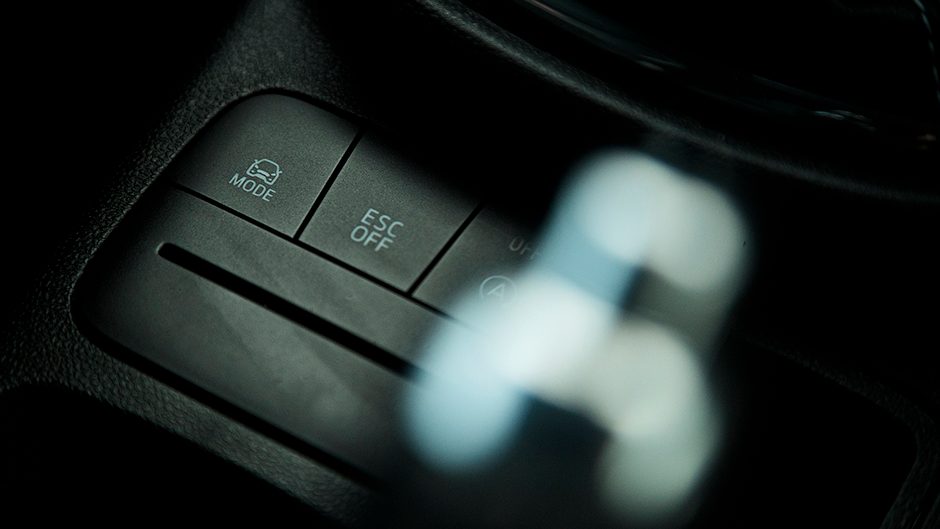
Like the Golf GTI, the junior version is popular because there’s a certain cache to its badge, and it’s a very polished overall package. There’s a hint of sport to its urban ride but the Normal setting for the dampers calms most roads, and while there’s not a great deal between them, it does claim the edge in the urban ride stakes.
And you can just whack the lever into D and not worry about any cog swapping. The broad spread of low end torque sees it pull in-gear strongly, the trans not having to work too hard. The engine is quick to get into the swing of the torque too, the only hesitant moments caused by the annoying idle/stop system.
While the Polo has an equal amount of hard plastic in its cabin, the surfaces manage to appear more upmarket than the Ford’s. The seats are an easier fit, the g force-countering bolsters without the same constricting character. There’s more width to the cabin, particularly noticeable up front and there’s a tad more rear seat space, but it’s still a squash.
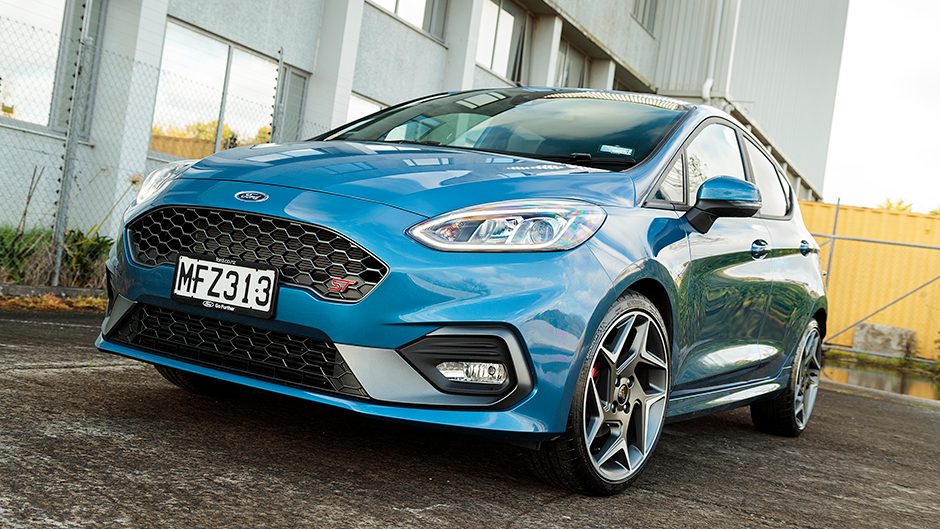
There’s less boot in the VW due to a space saver spare, but remove this and the floor will sink lower. Each has the same smattering of active safety and a similar fit out on the convenience features.
The GTI is more expensive but the trans and dampers easily account for the extras. The Polo GTI is definitely the more rounded performer for everyday use, but the ST is just as practical and is simply a more engaging character.
| Model | Ford Fiesta ST | Price | $35,490 |
| Engine | 1497cc, IL3, T/DI, 147kW/290Nm | Drivetrain | 6-speed manual, front-wheel drive |
| Fuel Use | 6.0L/100km | C02 Output | 136g/km |
| 0-100km/h | 6.81sec | Weight | 1222kg |
| Model | Volkswagen Polo GTI | Price | $38,490 |
| Engine | 1984cc, IL4, T/DI, 147kW/320Nm | Drivetrain | 6-speed twin-clutch, front-wheel drive |
| Fuel Use | 5.9L/100km | C02 Output | 134g/km |
| 0-100km/h | 5.96sec | Weight | 1309kg |


